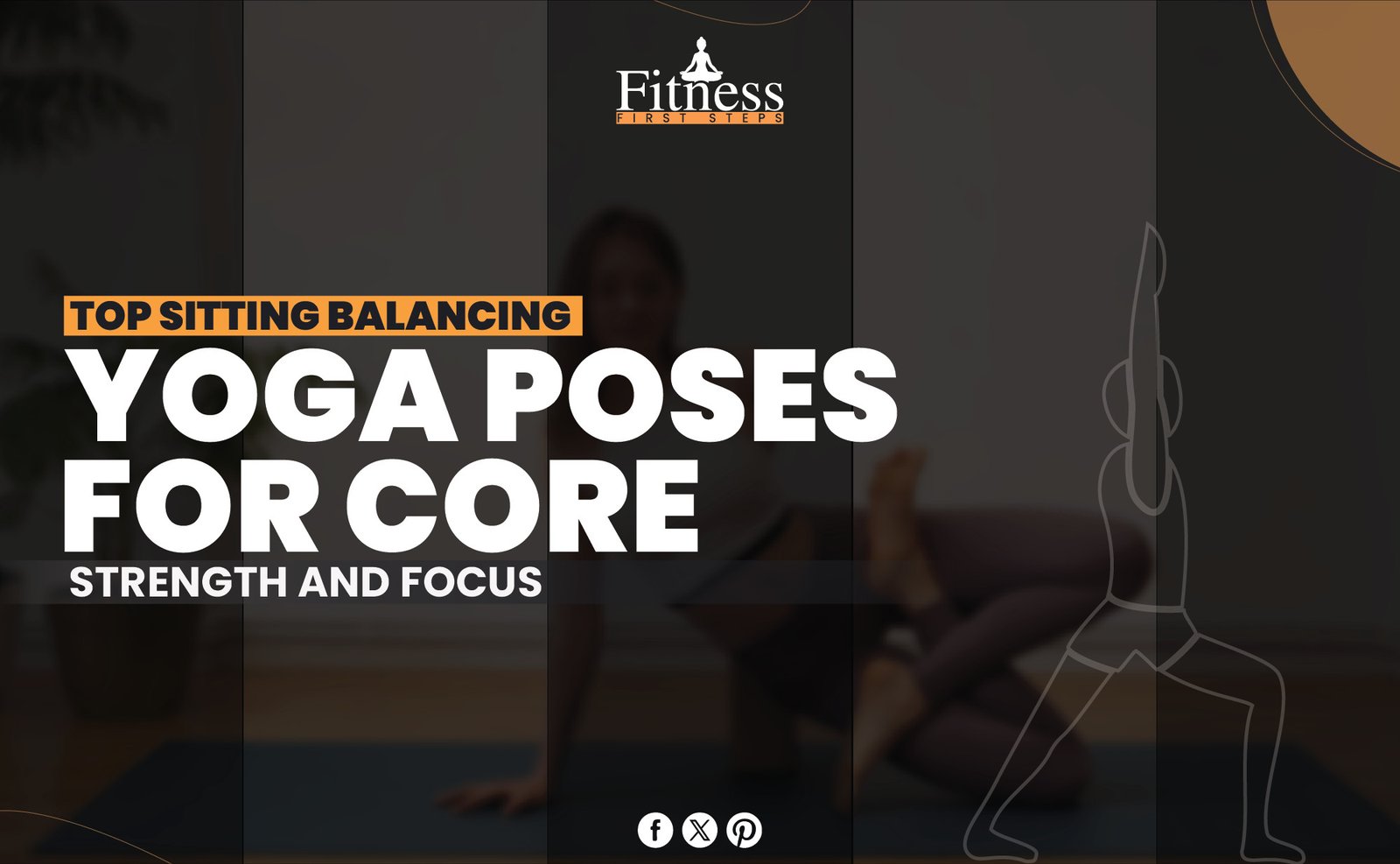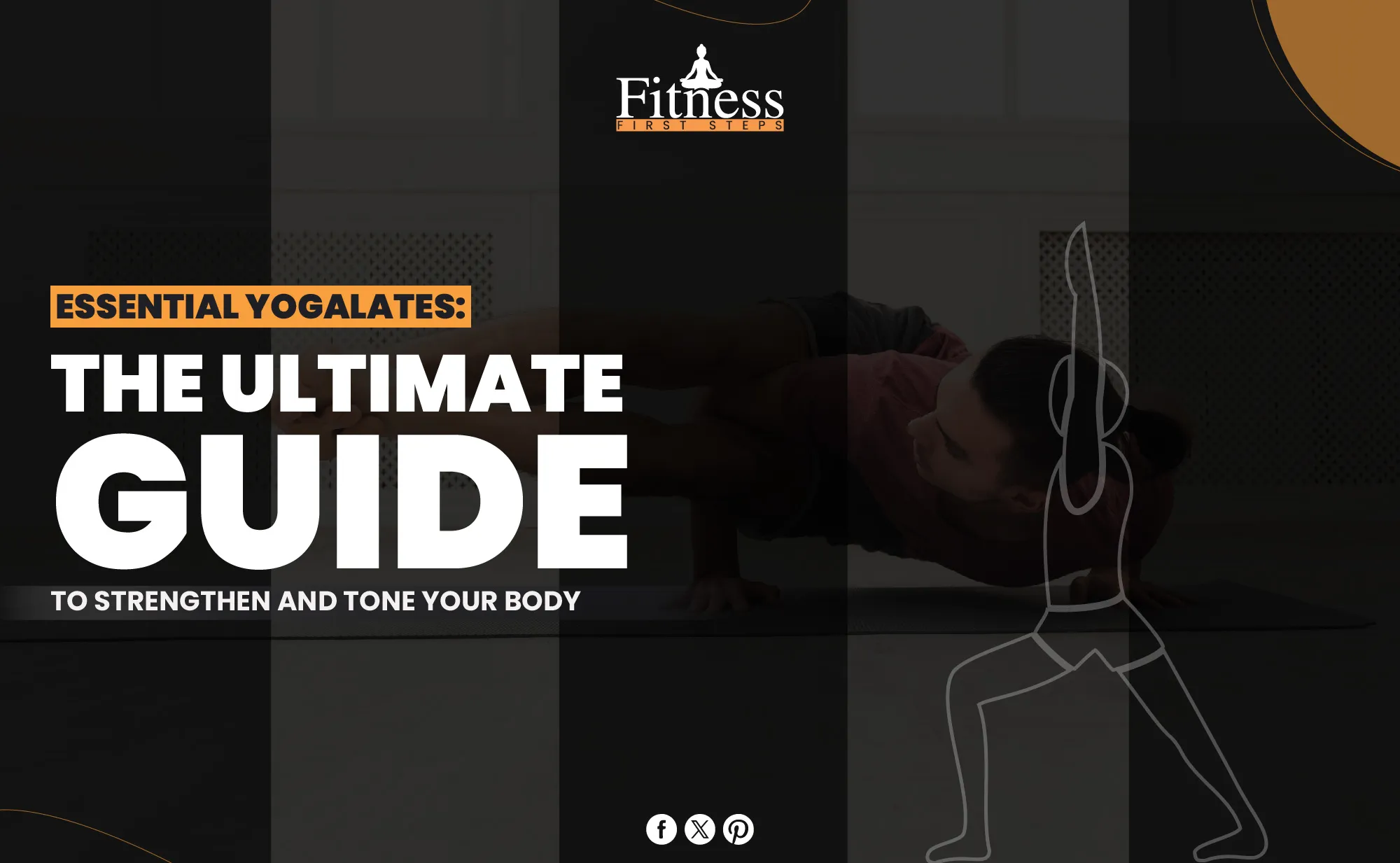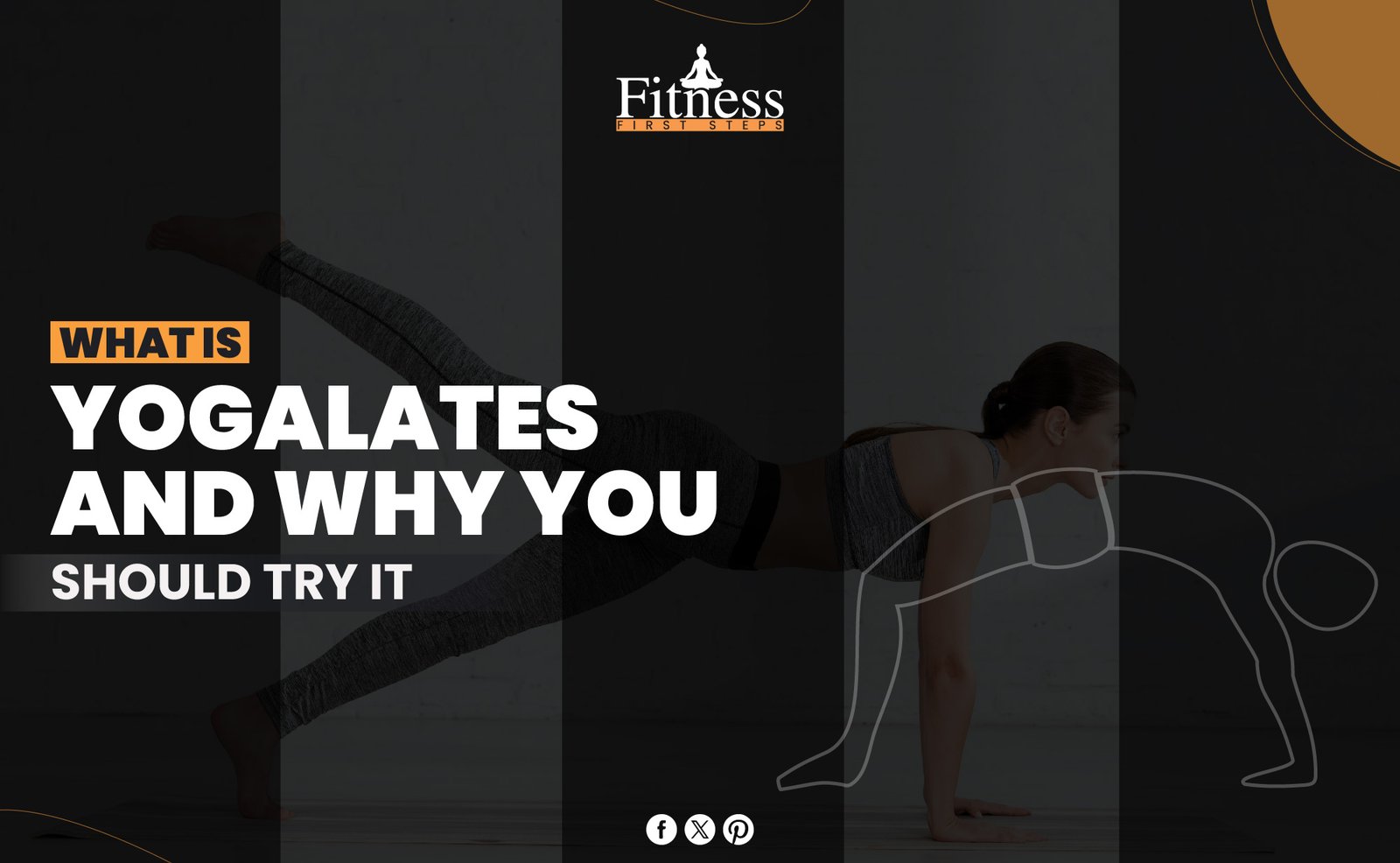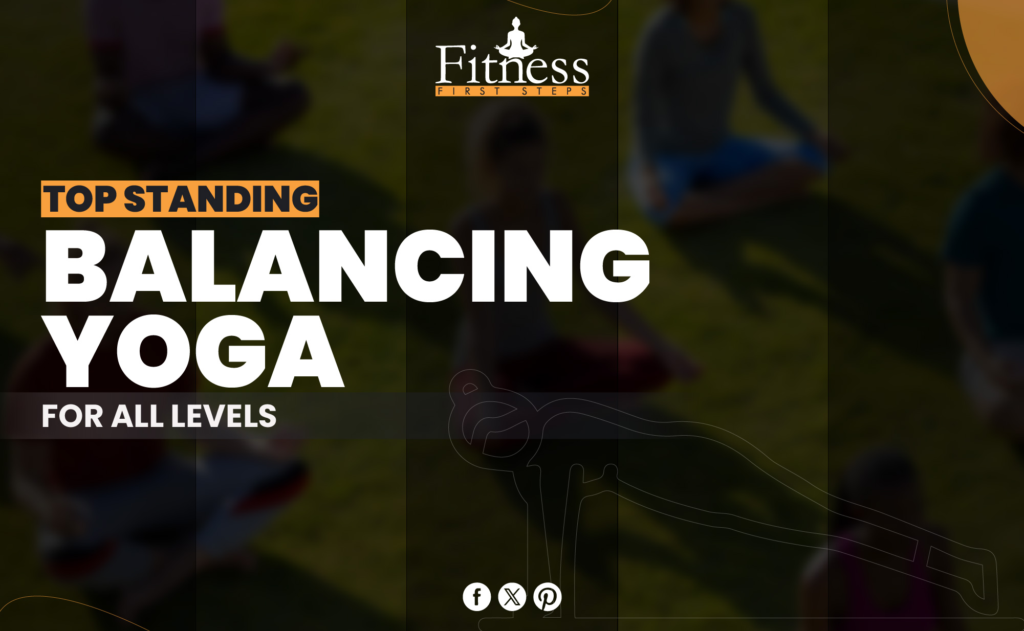Introduction
Yoga is an old practice with roots in Indian thought that has spread worldwide to become a popular way to stay healthy and spiritual. It was created more than 5,000 years ago to balance the heart and soul on the way to divine knowledge. Setu Bandhasana, also known as Bridge Pose, is one of the most essential asanas (poses) in yoga because it is so easy to do and has many great health benefits.
The name “Setu Bandhasana” comes from the Sanskrit words “Setu,” meaning “bridge,” “Bandha,” meaning “lock,” and “Asana,” meaning “pose.” Together, they describe a pose that looks like the structure and shape of a bridge. Modern yoga routines love Bridge Pose because it can be done in many ways and has many health benefits. It is a crucial pose that strengthens the back, stretches the chest, and improves mental health.
The Significance of Bridge Pose
Physical Benefits of Bridge Pose
Cross-Bridge Pose, or Setu Bandhasana, is loved by yoga practitioners for its ease and many health benefits. When you do this pose daily, it can make a big difference in many areas of your health:
- Strengthens the back muscles: Bridge Pose is a great way to improve your back and spine muscles, which is essential for keeping a good balance and getting rid of back pain.
- Stretches the chest and neck: The pose successfully stretches the chest, neck, and spine, which helps with breathing and eases the effects of mild sadness and stress.
- Enhances core stability: Using the ab muscles during the pose makes the core more robust, which helps with balance and steadiness.
- Improves digestion: This pose also triggers the muscles in the abdomen, which can help digestion and ease stomach pain.
- Stimulates the endocrine system: Setu Bandhasana is known to stimulate the thyroid glands, which is good for the metabolism and helps keep the hormonal system in balance.
Mental Benefits of Bridge Pose
In addition to being good for your body, Setu Bandhasana (Bridge Pose) is also very good for your mental and spiritual health. Through regular practice of this pose, people may noticeably improve different parts of their mental health, such as:
- Reduces stress and anxiety: The focused breathing and physical activity needed for Bridge Pose can help lower stress and worry levels, making you feel calmer.
- Improves mood: Endorphins, also called “happy hormones,” are released when you do this asana. These hormones can make you feel better and make you happy.
- Enhances concentration and mindfulness: Bridge Pose takes attention and awareness of the present moment. Doing it helps you become more mindful and focus on other areas of your life.
- Promotes better sleep: Mind and body can feel calmer in Bridge Pose, which can help with better sleep quality and treat sleeplessness and other sleep problems.
Spiritual Benefits of Bridge Pose
Setu Bandhasana, or “Bridge Pose,” has mystical meanings beyond its physical and mental benefits. It can help you connect with yourself and others more deeply. If you do Bridge Pose regularly, it can help you find inner peace and a more vital link with yourself and the universe:
- Fosters a sense of balance: The shape of the pose, which looks like a bridge, represents the balance between the material and spiritual worlds. It encourages people to find unity in their own lives.
- Encourages energy flow: People think Setu Bandhasana helps flow energy, or prana, through the body smoothly. It does this by clearing out energy pathway blockages and strengthening spiritual waking and awareness.
- Cultivates gratitude and compassion: Bridge Pose helps the heart chakra grow by opening the chest and heart. The heart chakra is linked to love, kindness, and thanks for oneself and others.
- Supports meditation and mindfulness practice: Bridge Pose is a great way to get ready for meditation because it requires stability and focus. It also helps people calm their minds and improve mindfulness and meditation.
Preparatory Poses for Bridge Pose
Before doing Setu Bandhasana (Bridge Pose), it’s good to warm up the body and get the mind ready with poses that work on similar muscle groups and help build the strength and flexibility needed. Integrating the following warming poses into your yoga routine can significantly improve your ability to do Bridge Pose safely and effectively:
Bhujangasana (Cobra Pose): Shoulders open the chest and shoulders and develop the spine, which is essential for getting into a comfortable bridge pose.
Virasana (Hero Pose): Stretching your legs and feet in Virasana can help you get the flexibility you need for a deep arch in Bridge pose.
Open Svanasana (Upward-Facing Dog Pose): This pose opens the chest and strengthens the back and arms. It also gets the body ready for the backbend in Bridge Pose.
Balasana (Child’s Pose): Incorporating Child’s Pose into the warm-up can help calm the mind and rest the muscles in the back before trying Setu Bandhasana
Doing these poses before Bridge Pose prepares your body for it and builds a strong base for a more mindful and effective yoga practice.
Step-by-Step Guide to Performing Bridge Pose
Starting Position
Start by laying on your back with knees bent and feet hip-width apart. Place your arms at your sides, palms down, with your fingers softly touching your heels. This stance provides the framework for Bridge Pose securely. After taking a deep breath, press your feet and arms onto the floor and elevate your hips to the ceiling. Keep your thighs and feet parallel to maintain the posture.
Engaging the Core
It would help to use your core muscles to support your lower back when you lift your hips. Picture pulling your belly button toward your spine to work out your core. Keep your hips raised appropriately, and don’t tilt to work out all your muscles. For a deeper stretch in your chest and back, lift your hips with each breath. This will also keep your core strong and engaged.
Lifting the Hips in Bridge Pose
Lifting the hips off the floor is crucial to Setu Bandhasana. Press your feet and arms into the ground to start the lift. Roll your spine vertebra by vertebra as you elevate your hips to the ceiling. Create a straight line from shoulders to knees, avoiding glute clenching that might cause lower back overextension. Support the position by distributing weight evenly between your feet and shoulders, engaging your core, and breathing steadily.
Arm Position and Its Effects
Bridge Pose stability and efficacy depend on arm placement. For novices, straight arms along the sides of the body with palms down can provide support and stability. Advanced practitioners may interlace their fingers beneath their elevated hips and press their arms into the mat. This lifts the hips and deepens the chest and shoulders, making the posture more heart-opening. Each arm position changes the pose’s intensity and attention, allowing people to customize the practice to their needs and goals.
Breathing Technique for Bridge Pose
Breath is crucial to developing and supporting Setu Bandhasana. Breathing rhythmically and mindfully is essential during the position. Exhale and gradually lift your hips to the ceiling after inhaling deeply. Living with activity helps engage core muscles and promotes introspection and focus. Conscious breathing causes the position to intensify, making it more contemplative. Regular posture is physical, and normal breathing helps maintain the posture by soothing the mind and stabilizing the body.
Modifications Using Props for Support and Alignment
Props can help your exercise by giving you extra support, helping you stay in balance, and making the pose more accessible. In Setu Bandhasana, here are some specific ways to use tools well:
Blocks for Support:
A yoga block beneath the sacrum (the flat region of the back between yStart) might help when Bridge Pose is challenging. This is Startyou bStartit from the stancStartt sStartessing and our back. Please start with the bland rock at its lowest height and adjust it higher to be comfortable without compromising the more downward back curvature.
Straps for Alignment:
A yoga strap might help align your knees if you have trouble keeping parallel thighs. Loop the strap over your thighs, slightly above your knees, and adjust it to hip width. The strap engages the inner thighs and keeps the knees together, stabilizing the posture.
Bolsters for Relaxation and Support:
Place a yoga bolster or two stacked firm blankets lengthwise under your spine to make Bridge Pose more relaxing. Your tailbone should rest on the support while your shoulders stay on the floor. This change supports your back along its whole length and lets you do a gentle chest stretch. It helps you calm down and can be held for a few minutes.
Blankets for Neck and Shoulder Comfort:
If you fold a blanket and put it under your shoulders, it can help ease the tightening of this small lifter back. You can lift your hips with this small lift because it supports your neck during the pose.
Using the Wall for Feet Support:
If you’re having trouble on the ground or feeling pain in the lift, putting your feet against a wall during Bridge Pose can help you stay stable and supported. You can focus on lifting through the hips and engaging your core without worrying about your feet moving.
All of these changes can be made to fit the needs of each person, making Pose easier to do and more enjoyable to get the most out of. Props can improve your Setu Bandhasana, whether you’re trying to get rid of back pain, become more flexible, or improve your practice.
Common Mistakes and its Correction
Although they try to do Setu Bandhasana (Bridge Pose), they often need to correct a few common mistakes that can make the pose less effective and cause pain or injury. Finding and fixing these mistakes can benefit the pose, and yoga practice needs to be lowered.
Splaying Knees Outward:
When you let your knees fall apart, you put too much stress on your hips and lower back, weakening the muscles inside your thighs.
Correction: Work out the inside of your legs as if you were holding a block between your knees. This will help keep your hips, knees, and feet in the right place, which will help your muscles work right and protect your joints.
Neglecting Foot Position:
The pose can become unstable if your feet are too far apart, too close together, or turned out.
Correction: Keep your feet straight out before you, hip-width apart. Ensure your toes don’t turn outward or inward as you press evenly through your feet. For a safe and successful Bridge Pose, you need a stable base.
Forgetting to Engage the Thighs:
If you don’t work your legs enough, your higher hips may not have enough support, which puts more stress on your back.
Please correct this: Make sure your thighs are working to help lift your hips. This allows the pose’s stress to spread evenly across the lower body.
Rushing the Breath:
If you don’t pay attention to the rhythm of your breath or breathe too shallowly, staying calm and focused during the pose can be challenging.
Correction: Take slow, deep breaths. Take a deep breath in as you prepare for the lift and a smooth exhale as you rise into the pose. Let your breath guide your movement and help you become more involved with the pose.
People who do Setu Bandhasana (Bridge Pose) can ensure they have a safe, effective, and satisfying experience by noticing these typical mistakes and making the necessary changes.
Deepening the Bridge Pose
Suppose you want to get more out of Setu Bandhasana (Bridge Pose). In that case, the following methods can help you focus better, make the stretch stronger, and work your muscles more. By carefully adding these things to your Bridge Pose, you can take it to a new level.
- Engage the Glutes: During the lift into the Bridge Pose, actively use your gluteal muscles. Along with helping the hips lift, this makes the stretch in the hip flexors and front of the legs more robust, which makes the pose stronger.
- Extend the Arms: Hold your hands under your raised hips and stretch your arms straight across the floor. This makes your arms and shoulders press down, which gives your upper body more lift. This move makes the backbend deeper and opens the chest more.
- Elevate the Heels: If you want to make it harder and work your leg muscles more deeply, keep your hips higher and pull your heels off the floor. For this version, the legs need to be stronger, and the core needs to be stable, which makes the pose more challenging.
- Focus on the Breath: Deepening the pose isn’t just about changing your body. Focusing on slow, steady breathing will make it much easier to relax into the pose. This will let you bend your back further and open your chest and shoulders more.
- Incorporate Dynamic Movement: Adding movement by moving and dropping the hips with each breath should be done. Breathe in as you lift your hips higher and out as you fall them a little. This movement not only wakes up the spine but also makes the muscles that support it more muscular, which lets you get into a deeper pose over time.
Incorporating Bridge Pose into Your Yoga Routine
Doing Setu Bandhasana, or Bridge Pose, as part of your regular yoga practice can make the emotional and physical benefits even more significant. To make this pose a natural part of your yoga lessons, keep these tips in mind:
Warm-Up Appropriately:
Ensure your body is warm enough before trying the Bridge Pose. Do stretches for your spine, hips, and legs, like Cat-Cow Stretches, Pelvic Tilts, or gentle bending poses, to get ready for Bridge Pose safely. This will help you bend your back and extend your hips.
Sequence Intelligently:
Insert Bridge Pose at a point in your routine when your body is ready to go but not too tired. It often works best in the middle or end of practice, after other standing or sitting poses, and before deep rest or meditation.
Pair with Complementary Poses:
Use exercises that go well with Bridge Pose and its benefits. For instance, after doing Bridge, doing a forward fold like Paschimottanasana (Seated Forward Bend) can help loosen up your back. In the same way, a pose that slowly twists the spine can counteract the results of a backbend.
Use It for Transition:
For more experienced students, Bridge Pose can be a way to move on to more difficult backbends like Urdhva Dhanurasana (Upward Bow Pose). For those who want a more accessible practice, a Bridge Pose with a block under the sacrum can be used as a bridge pose.
Focus on Breath Work:
Pay attention to your breath while in Bridge Pose. This makes your practice more calming and centered, teaches you control and focus, and safely helps you go deeper into the pose.
Incorporate Regularly for Variety:
To keep your practice interesting and challenging, try different versions of the Bridge Pose or focus on other parts of the pose, like bringing your legs together or ensuring your arms are straight. To keep your mind and muscles busy, do things that keep them moving in new ways.
Suppose you carefully add Bridge Pose to your yoga routine. In that case, you can get all its benefits, from strengthening your back and legs to making your spine more flexible and relieving stress in your chest and shoulders.
Safety and Precautions while Practicing Setu Bandhasana (Bridge Pose)
Setu Bandhasana, or “Bridge Pose,” can be very helpful. Still, it’s essential to be careful not to hurt yourself. Here are some safety tips and steps to think about:
- Consult a Healthcare Provider: Before starting a new yoga routine, talk to a doctor, especially if you have health problems. This is especially important for people with back, neck, or hip issues.
- Avoid Straining the Neck: Keep your neck from getting sore, keep your eyes on the ceiling, and don’t turn your head to look around while in the pose.
- Mind Your Lower Back: Be careful if you already have a problem with your lower back. Use your core muscles to support your lower back, and don’t archive too much.
- Use Props for Support: If it’s hard to stay in the pose, put a yoga block or cushion under your tailbone to help you. This change can help your lower back feel better while letting you get the pose’s benefits.
- Listen to Your Body: Pay close attention to what your body tells you. If the pose hurts or makes you feel bad, slowly come out. Knowing the difference between a good stretch and pain is essential, which could mean you’ve hurt yourself.
- Pregnancy Precaution: If you are pregnant, you should not do deep backbends unless you are already used to them and have talked to your doctor first. Using tools for a more healing form of the pose might be safer.
- Limitations after Meals: Bridge Pose shouldn’t be done right after eating. Ensure at least two to three hours after eating to ensure you’re comfortable and avoid any pain or stomach problems during the practice.
Following these safety measures can ensure that your practice of Setdhasana is safe and helpful, increasing its benefits while lowering the risk of harm.
Conclusion for Bridge Pose
In conclusion, Setu Bandhasana, or Bridge Pose, is a versatile yoga pose with advantages beyond stretching and strengthening. This position helps boost spinal flexibility, leg strength, and body alignment in regular yoga practice. Bridge Pose also reduces stress, improves mood, and increases physiological awareness, creating a more balanced and harmonious state of being.
However, these advantages can only be achieved by thoughtful and educated posture practice and adopting safety measures, especially for those with health issues. Practitioners should do so to make Bridge Pose safe, fun, and gratifying. It may improve their yoga practice. Thus, whether you’re a beginner learning the basics or an experienced yogi deepening your practice, incorporating Setu Bandhasana with awareness and respect can unlock a wealth of physical and mental benefits, reinforcing the body-mind connection and promoting holistic well-being.
